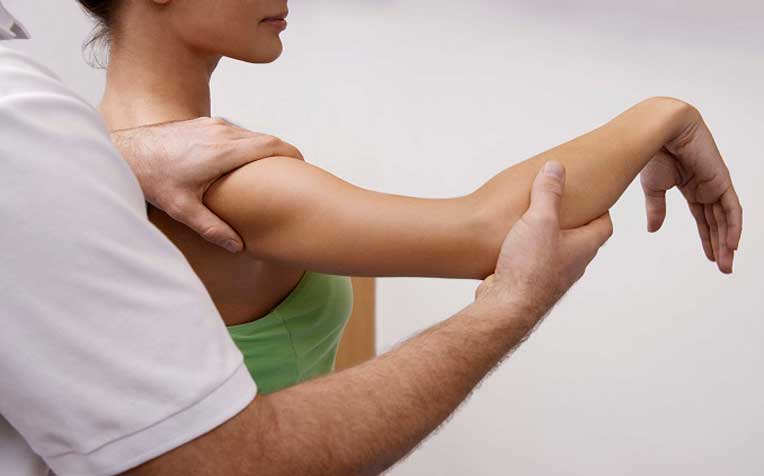HealthXchange will NEVER ask you to transfer money over a call. If in doubt, call the 24/7 ScamShield helpline at 1799, or visit the ScamShield website at www.scamshield.gov.sg.

Light limb exercises help to promote lymphatic flow and reduce swelling.
Lymphoedema is an excessive collection of fluid in the legs, arms or other parts of the body due to disruption of the normal lymph flow. This happens when lymph nodes are removed during surgery for cancer and/or radiotherapy for cancer treatment.
Lymphoedema symptoms
Swelling in your arm or leg is the primary symptom of lymphoedema. This swelling can be mild to severe and can affect part of the limb or the whole limb, including the fingers or toes. In addition to swelling, you may experience the following symptoms in the affected limb:
Heaviness or tightness, making it difficult to wear clothes, shoes, watch, ring
- Limited range of motion
- Aches and pains
- Recurring skin infections, blisters and warts
- Hardening/thickening of skin (fibrosis)
“Normally the lymphoedema limb will look swollen, feel heavier and achy but is usually not tender to touch,” says Gladys Teng Yu Hui, Senior Principal Therapist, Department of Occupational Therapy at Singapore General Hospital (SGH), a member of the SingHealth group. “In some cases, the skin will feel stretched and taut, and in severe cases there will be skin colour changes coupled with a hardening of the skin.”
In cases of primary lymphoedema, the symptoms can start as early as infancy or as late as your mid-30s.
Lymphoedema treatment
Lymphoedema is a chronic condition which cannot be cured. The recommended lymphoedema treatment, which helps control the symptoms, is combined decongestive therapy (CDT). This lymphoedema treatment procedure includes compression therapy, limb exercises, massage and good skin care.
- Compression therapy: You can use compression garment stockings/armsleeves and/or short stretched compression bandages (applied by a certified lymphoedema trained therapist) to reduce swelling of the affected limb.
- Limb exercises: Light limb exercises can promote blood and lymphatic flow.
- Massage: Manual lymph drainage, a specialised form of massage performed by a certified lymphoedema trained therapist can help improve lymph fluid drainage and reduce swelling.
- Skin care: Keeping the skin clean and moisturised helps reduce the risk of infection.
“Dry skin is more prone to breakage and hence, more susceptible to cuts. A cut or wound which has been infected would often lead to swelling,” says Ms Teng.
Ref: Q15
Contributed by
Related Articles
Conditions & Treatments
Public Events
Get the Health Buddy App
© 2025 SingHealth Group. All Rights Reserved.
















 Get it on Google Play
Get it on Google Play